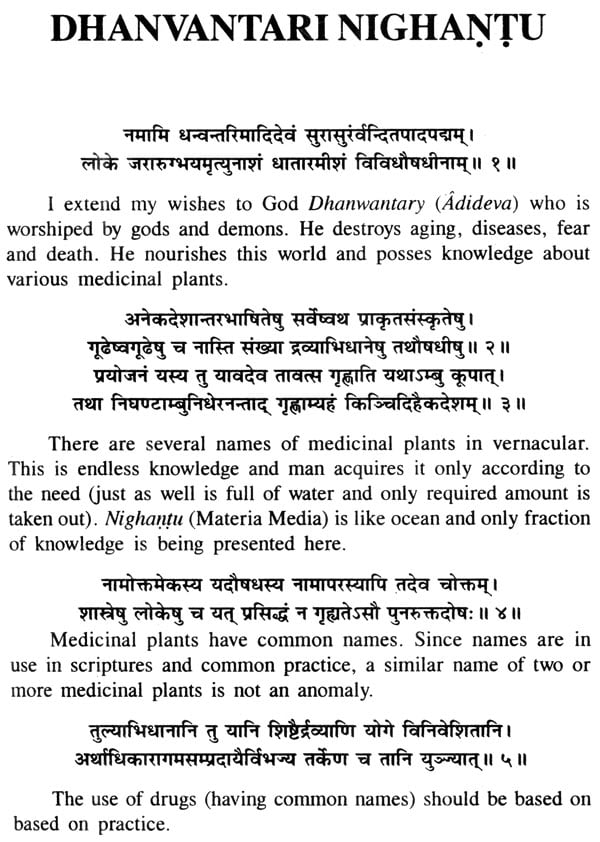
- Kannada english nighantu how to#
- Kannada english nighantu install#
- Kannada english nighantu for android#
- Kannada english nighantu android#
- Kannada english nighantu download#
In this context, we will examine lexicographical studies in Russia in light of the structure of the period in general terms under two headings as the 11th – 17th centuries and the 18th, 19th, 20th centuries. The main objective of this research is to describe the historical development of Russian lexicography from the beginning to the end of the 20th century. This research applied a descriptive qualitative approach on the history of Russian lexicography. The success of the 20th century stems from the fact that the first lexicography theories were formed in this period. The 20th century advanced on the foundations that it took from the 19th century more steadily. With the 19th century, the type, volume and functions of the dictionaries changed, there were important developments in the field of lexicography, and basic dictionaries of Russian language were compiled. The most brilliant period of Russian lexicography was the 19th century during which Russian vocabulary was recorded intensively. In this period, the Russian language, culture and literature were on the rise. The development period of Russian lexicography, which has a rich dictionary tradition, is the 18th century. These dictionaries include the translation of an unfamiliar word or words that are difficult to understand, the interpretation of their meanings, and the explanation of concepts, specific names and symbols in any work. The dictionaries prepared between the 11-17th centuries are the first period of Russian lexicography and have the names of “Glossary”, “Alfavit”, “Azbukovnik”, “Lexicon”. Sanskrit grammar (vyākaraṇa) has a long history marked by several major steps (Padapāṭha versions of Vedic texts, Aṣṭādhyāyī of Pāṇini, Mahābhāṣya of Patañjali, Bhartṛhari's works, Siddhāntakaumudī of Bhaṭṭoji Dīkṣita, Nāgeśa's works) and the main topics it addresses (minimal meaning-bearer units, classes of words, relation between word and meaning/referent, the primary meaning/referent of nouns) are still central issues for contemporary Linguistics. Though languages other than Sanskrit were described in premodern India, the grammatical description of Sanskrit-given in Sanskrit-dominated and influenced them more or less strongly. Later on, Vedic exegesis (mīmāṃsā), new dialectics (navya-nyāya), lexicography (nighaṇṭu and later, kośa) as well as poetics (alaṃkāra) also contributed to linguistic thought. The Vedas also-but presumably later-gave birth to bodies of knowledge dealing with language, which are traditionally called Vedāṅgas: phonetics (śikṣā), metrics (chandas), grammar (vyākaraṇa) and semantic explanation (nirvacana, nirukta). Very early, the oral transmission of sacred texts-the Vedas, composed in Vedic Sanskrit-made it necessary to develop techniques based on a subtle analysis of language. The greater part of documented thought is related to Sanskrit (Ancient Indo-Aryan). It took various forms over these twenty-six centuries and involved different languages (Ancient, Middle and Modern Indo-Aryan as well as Dravidian languages).
Kannada english nighantu download#
Once the download completes, the installation will start and you'll get a notification after the installation is finished.Indian linguistic thought begins around the 8 th-6 th centuries BC with the composition of Padapāṭhas (word-for-word recitation of Vedic texts where phonological rules are not applied). Kasapa Sankshipta Nighantu will be downloaded onto your device, displaying a progress.A pop-up window with the permissions required by Kasapa Sankshipta Nighantu will be shown.
Kannada english nighantu install#
Tap on the Install button located below the search bar and to the right of the app icon.
Kannada english nighantu android#
Once the Kasapa Sankshipta Nighantu is shown in the Google Play listing of your Android device, you can start its download and installation.

Click on the Continue To App button on our website.
Kannada english nighantu how to#
How to install Kasapa Sankshipta Nighantu on your Android device: Your antivirus may detect the Kasapa Sankshipta Nighantu as malware as malware if the download link to in.bharatavani.kasapasani is broken.


We have already checked if the download link is safe, however for your own protection we recommend that you scan the downloaded app with your antivirus. The app is listed on our website since and was downloaded 5 times. To install Kasapa Sankshipta Nighantu on your Android device, just click the green Continue To App button above to start the installation process. The latest version released by its developer is 0.8.1. The company that develops Kasapa Sankshipta Nighantu is CIIL.
Kannada english nighantu for android#
Kasapa Sankshipta Nighantu is a free app for Android published in the Reference Tools list of apps, part of Education.


 0 kommentar(er)
0 kommentar(er)
